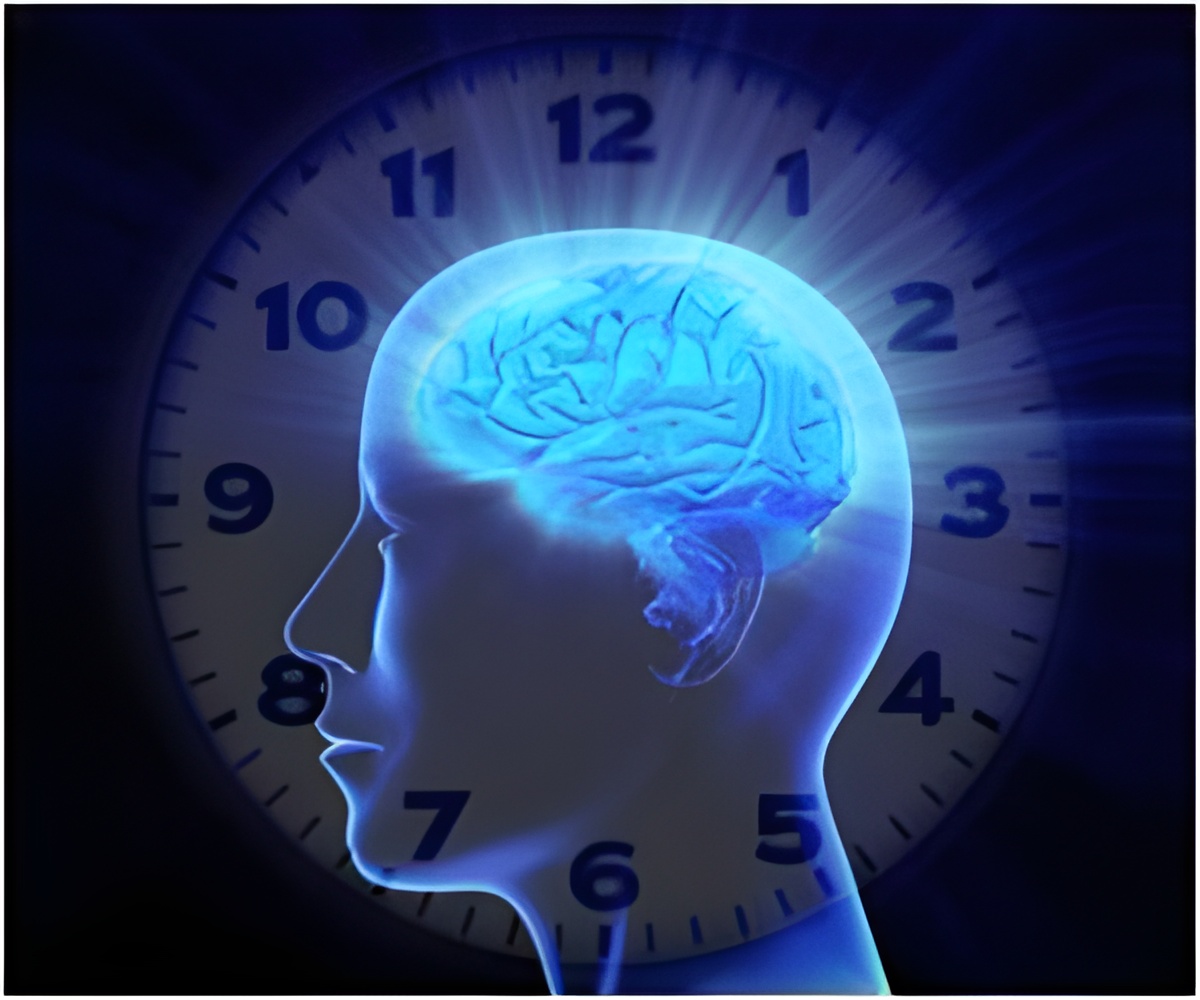
Davis Glasser, a doctoral student in the University of Rochester's Department of Brain and Cognitive Sciences thinks he has found the answer.
The study by Glasser, along with his advisor, Professor Duje Tadin, and colleagues James Tsui and Christopher Pack of the Montreal Neurological Institute, shows that humans experience the Motion Aftereffect even if the motion that they see in the background is so brief that they can't even tell whether it is heading to the right or the left.
Even when shown a video of a pattern that is moving for only 1/40 of a second (25 milliseconds) - so short that the direction it is moving cannot be consciously distinguished - a subject's brain automatically adjusts.
If the subject is then shown a stationary object, it will appear to him as though it is moving in the opposite direction of the background motion.
In recordings from a motion centre in the brain called cortical area MT, the researchers found neurons that, following a brief exposure to motion, respond to stationary objects as if they are actually moving.
Advertisement
This discovery reveals that the Motion Aftereffect illusion is not just a compelling visual oddity: It is caused by neural processes that happen essentially every time we see moving objects.
Advertisement
Source-ANI













